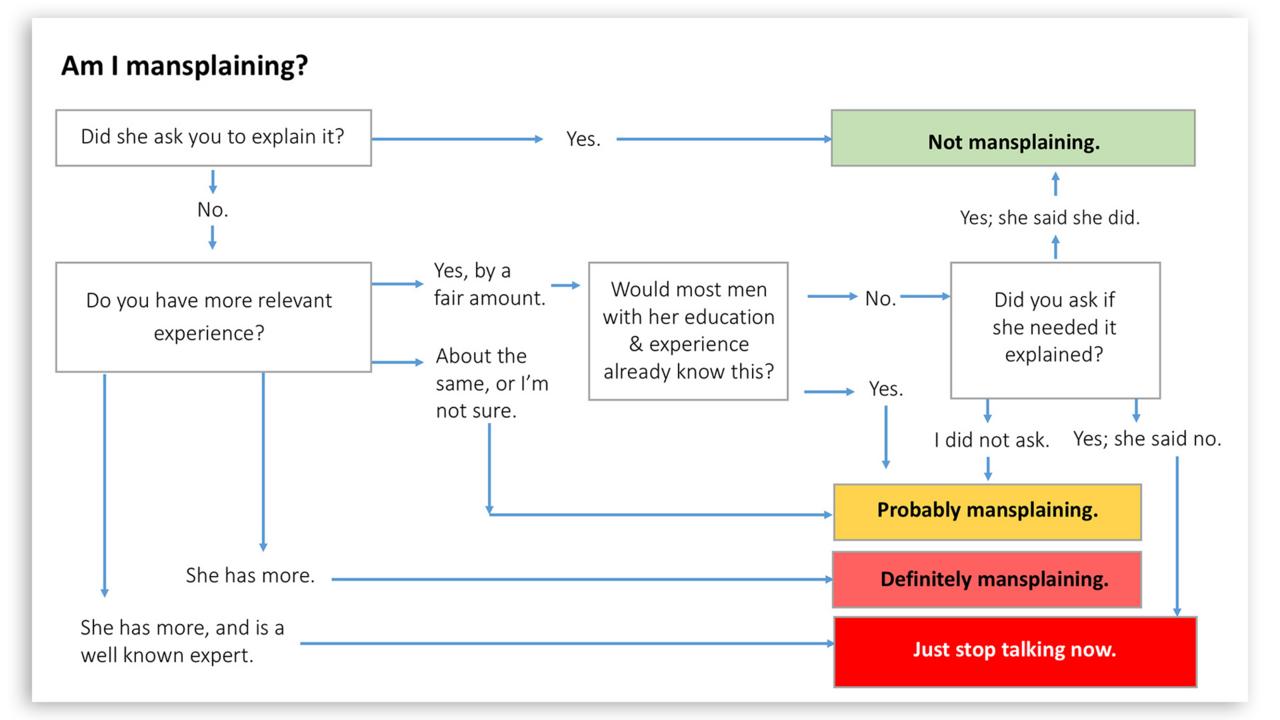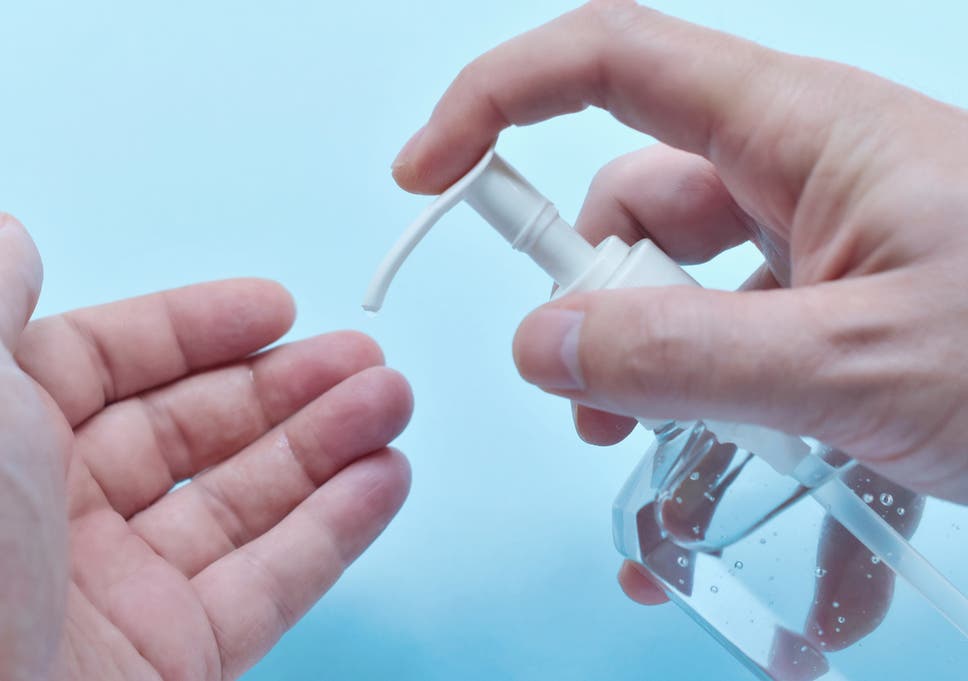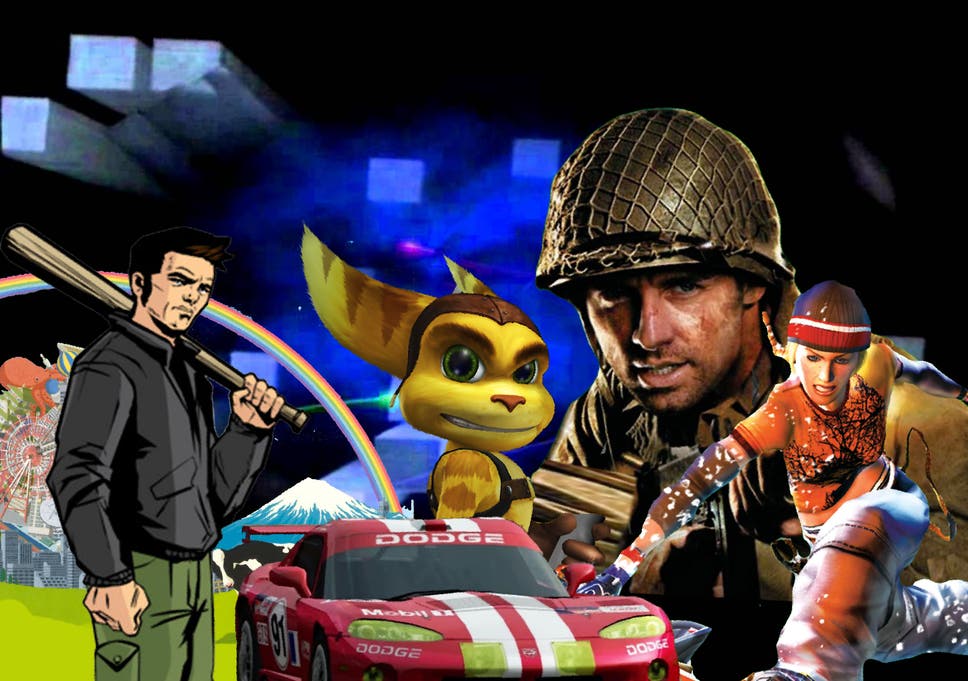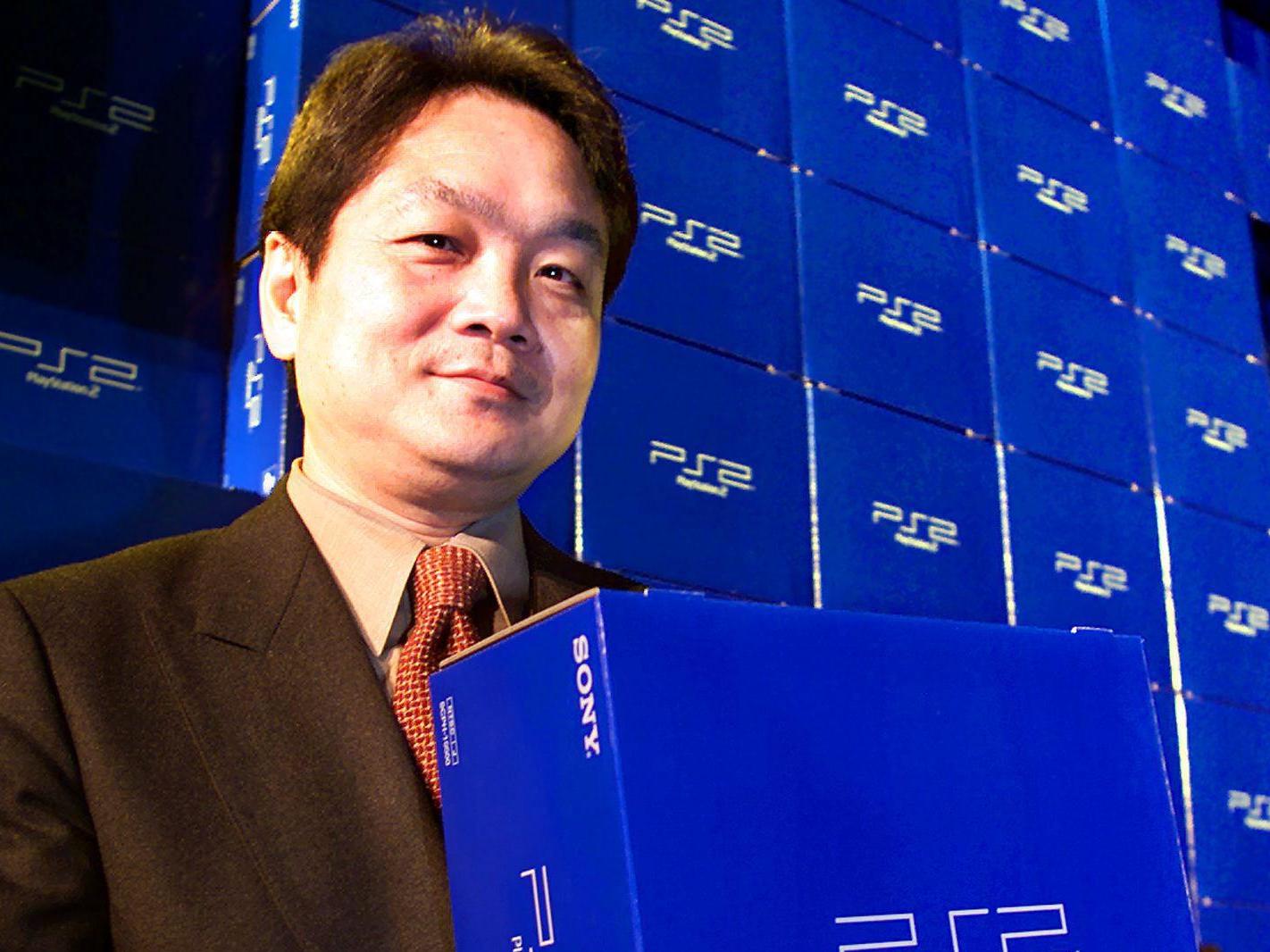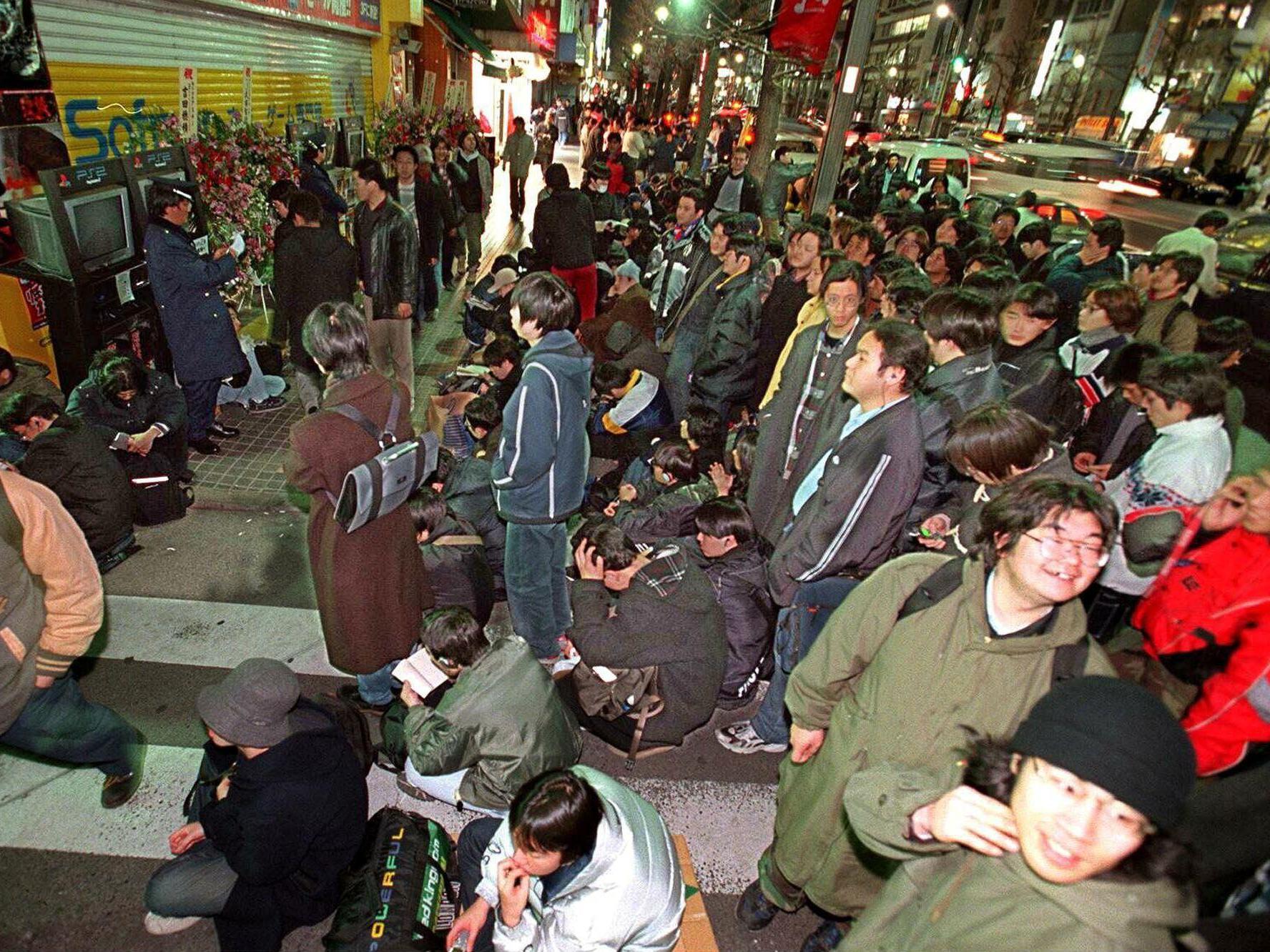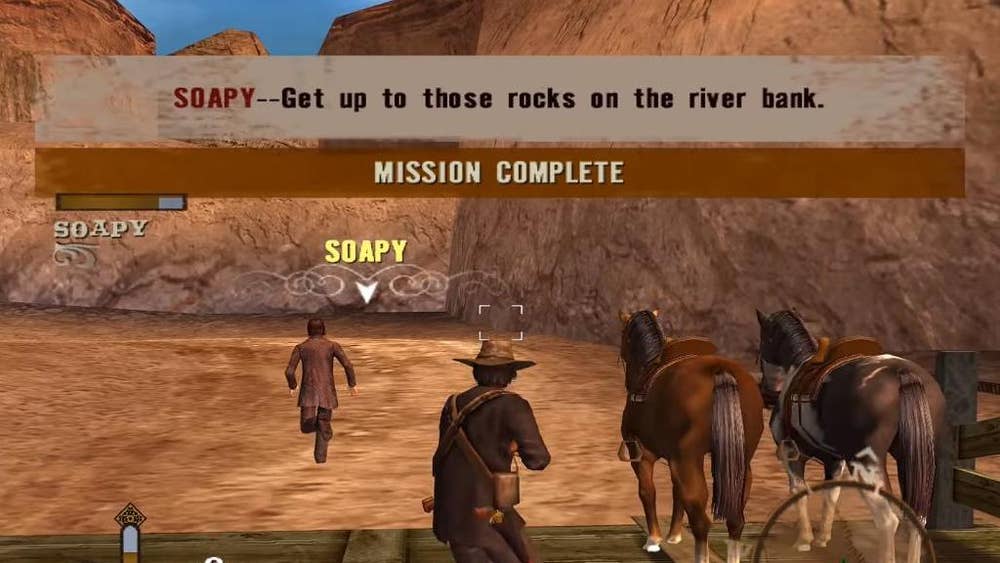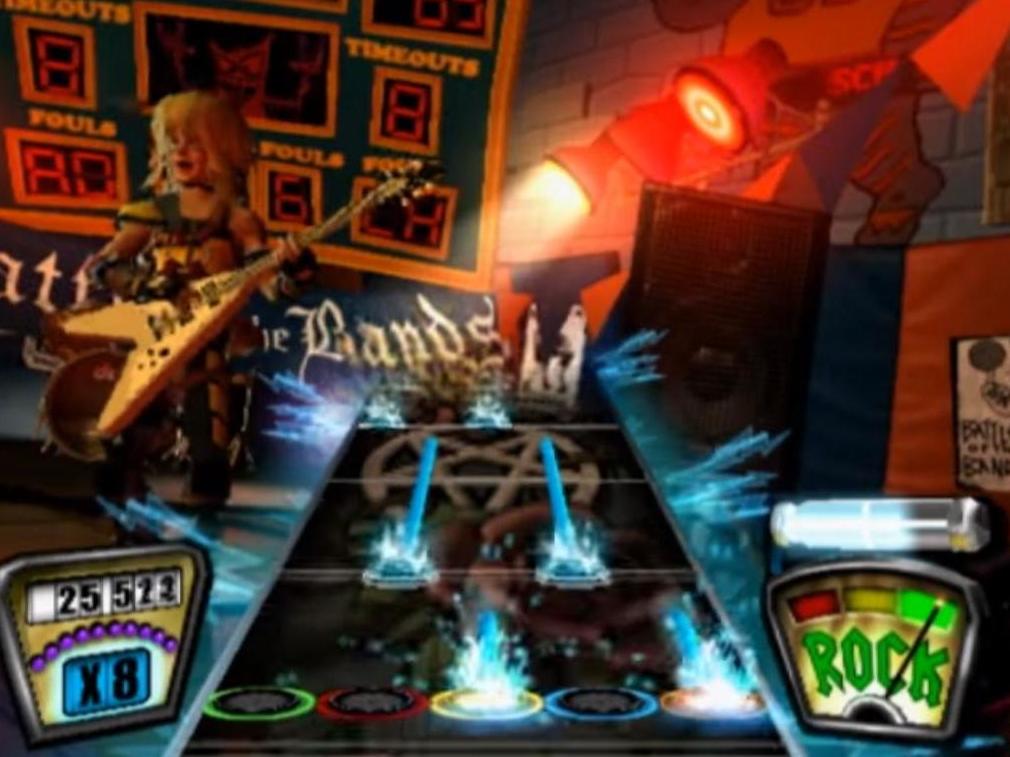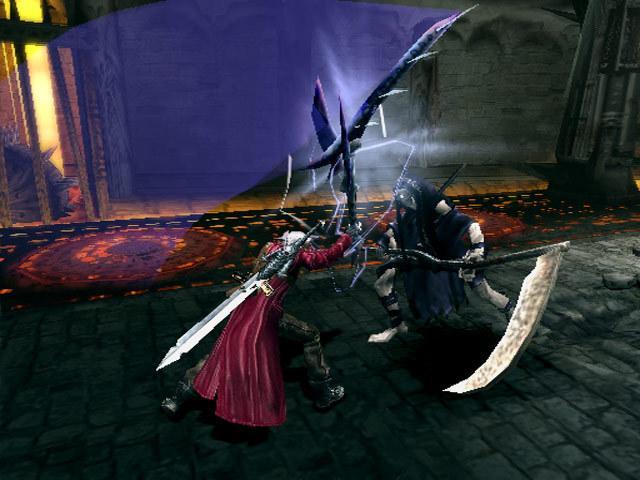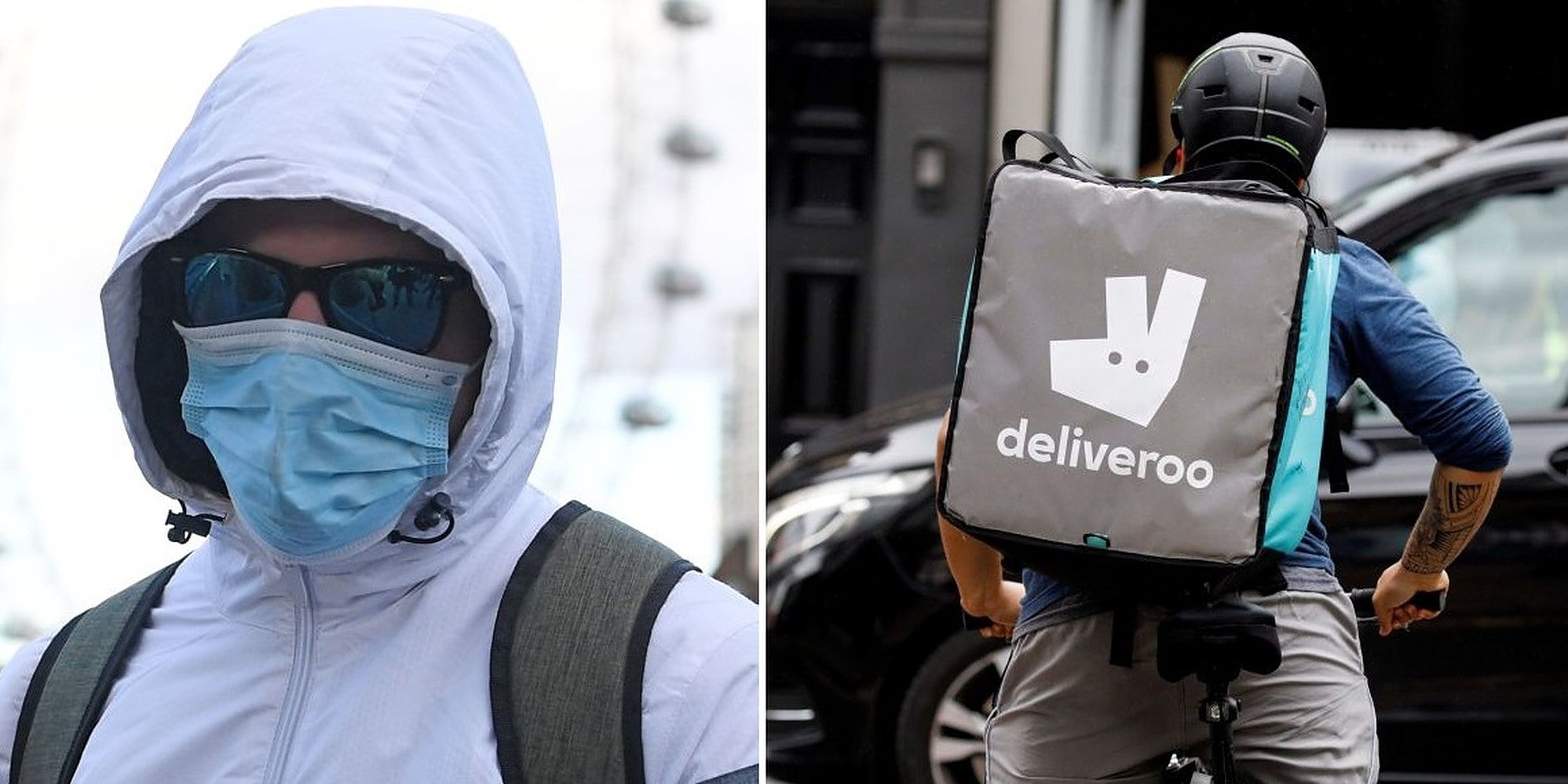Move follows outcry and protests over gang-rape case
Zoe Tidman
THE INDEPENDENT
Spain’s rape laws could change to put more emphasis on consent after a high-profile case caused outrage over current legislation.
The government has approved the “only yes is yes” bill, under which victims of sexual assault would no longer have to prove that they were subject to violence or intimidation.
Instead, rape would be defined by an absence of consent.
The move follows public anger and protests over a gang-rape case during the San Fermin bull-running festival in Pamplona in 2016.
Five people were initially found guilty of sexual abuse but not rape, as the victim was not deemed to have objected.
Women's March 2020: in photos
Show all 19
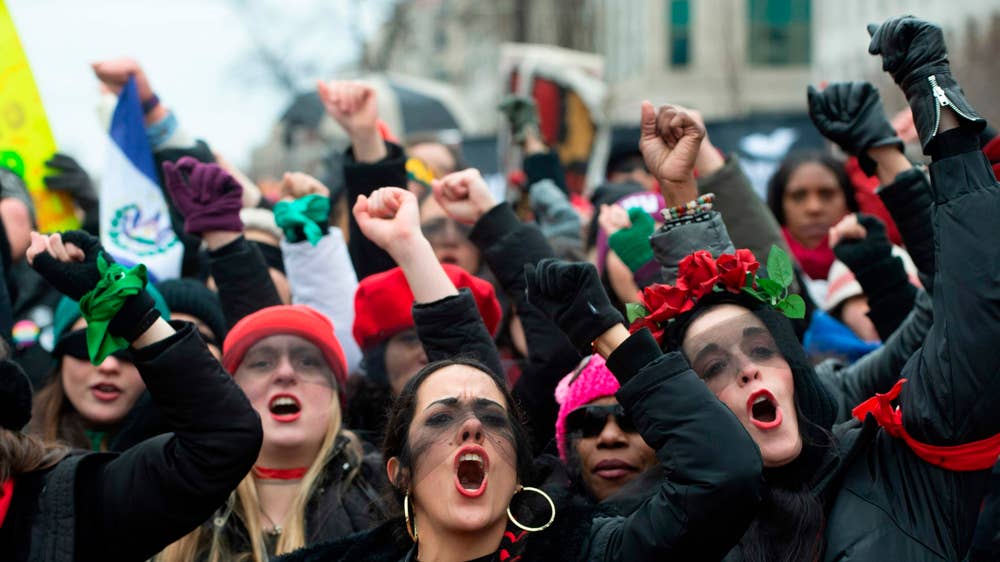
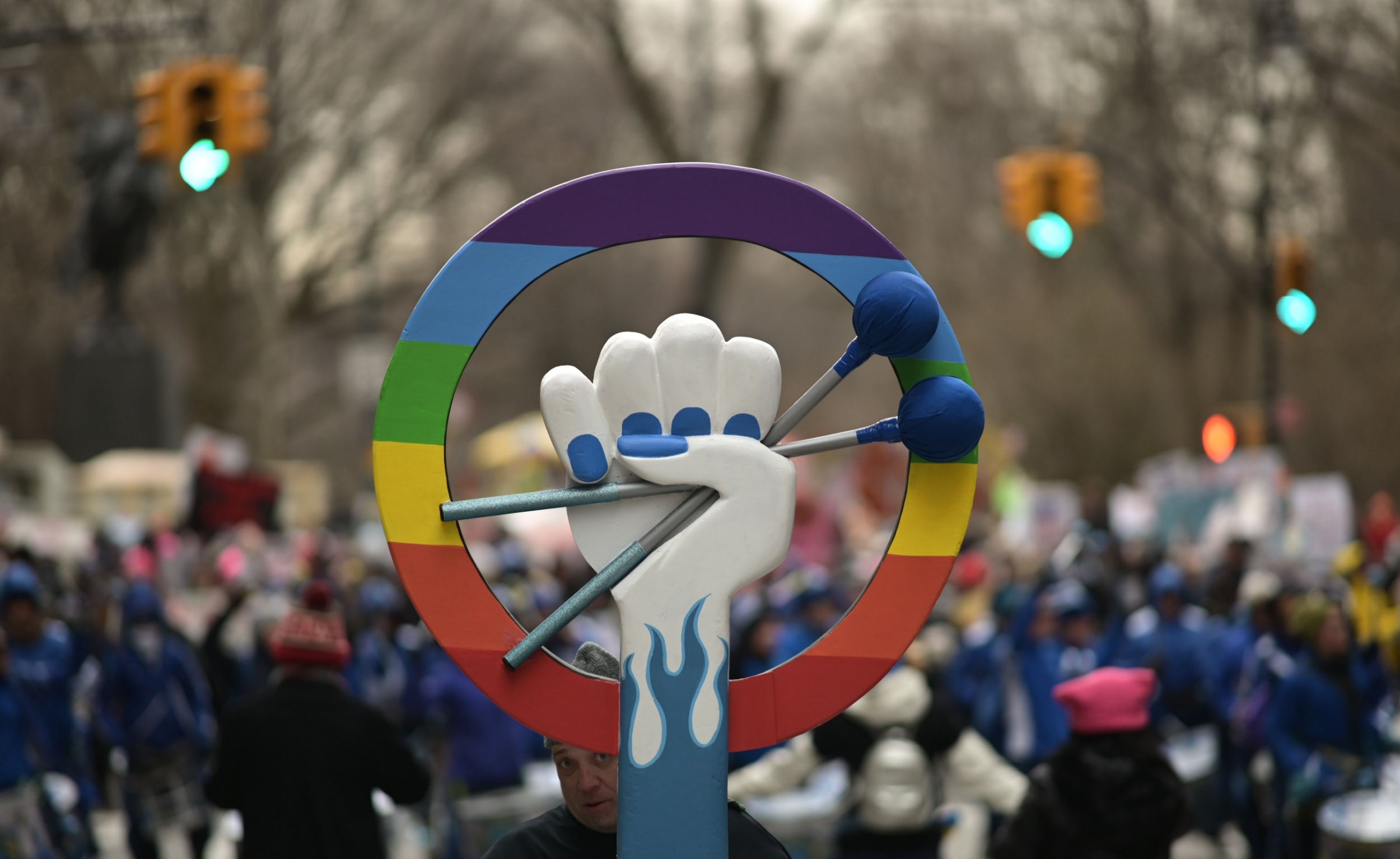

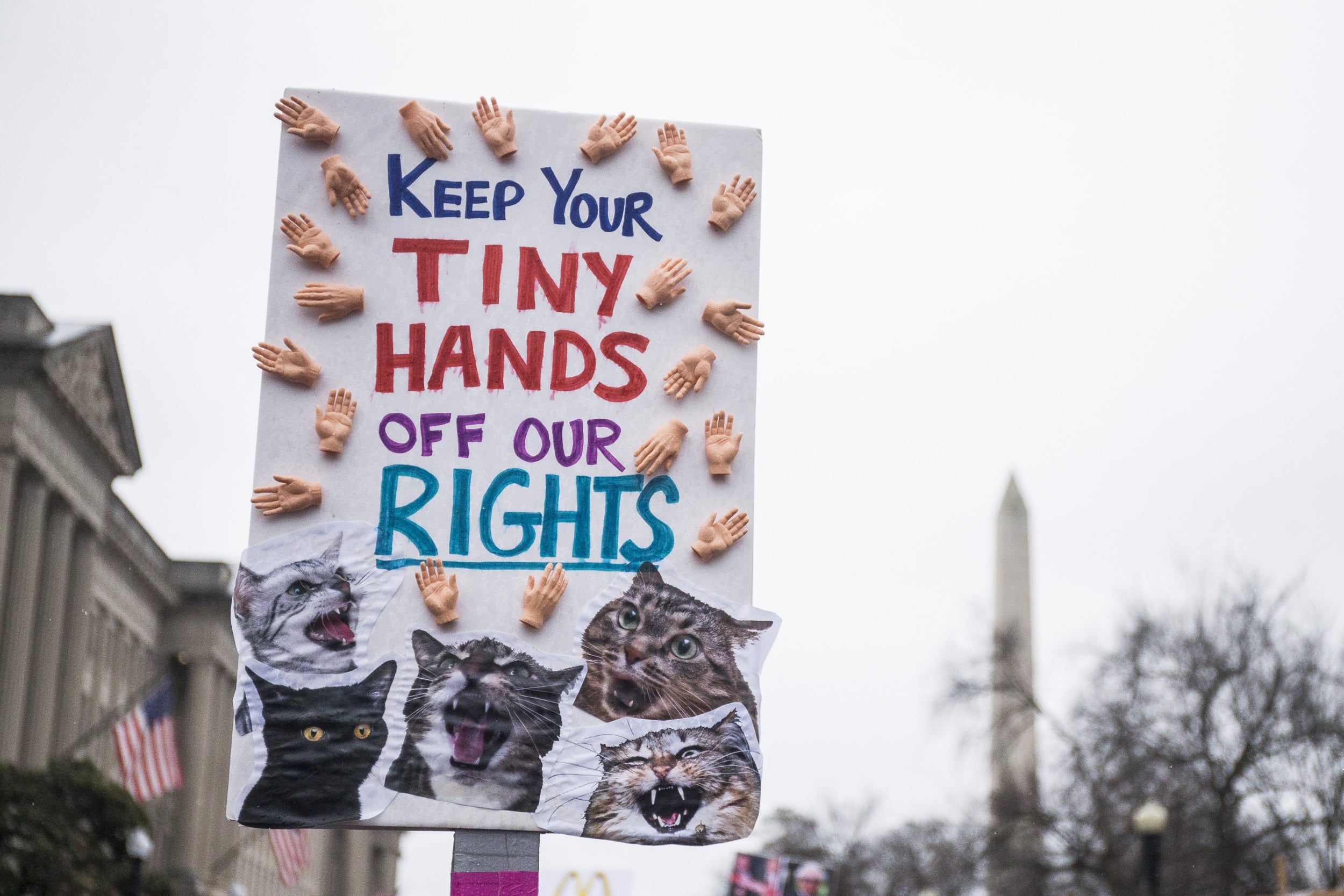
The Sexual Liberties Law will drive home that an “explicit expression of consent” is needed for sexual acts to be considered legal, according to Irene Montero, the equality minister.
According to Amnesty International, only nine of 31 European countries have laws that define rape based on the absence of consent, instead defining it by other measures such as whether violence or the threat of violence was used — as is still the case in Spain.
If passed, the bill will also provide 24-hour centres for victims staffed by specially trained personnel.
Aggravating factors such as physical violence or the use of drugs or alcohol to incapacitate the victim would carry heavier sentences for perpetrators.
Such cases would be heard by special judges in courts dedicated to sexual crimes, as is already done with crimes relating to gender violence.
The bill has been approved by the Spanish government, but still needs to be debated and approved by parliament.
It would take several months for it to become a law.
Additional reporting by agencies


